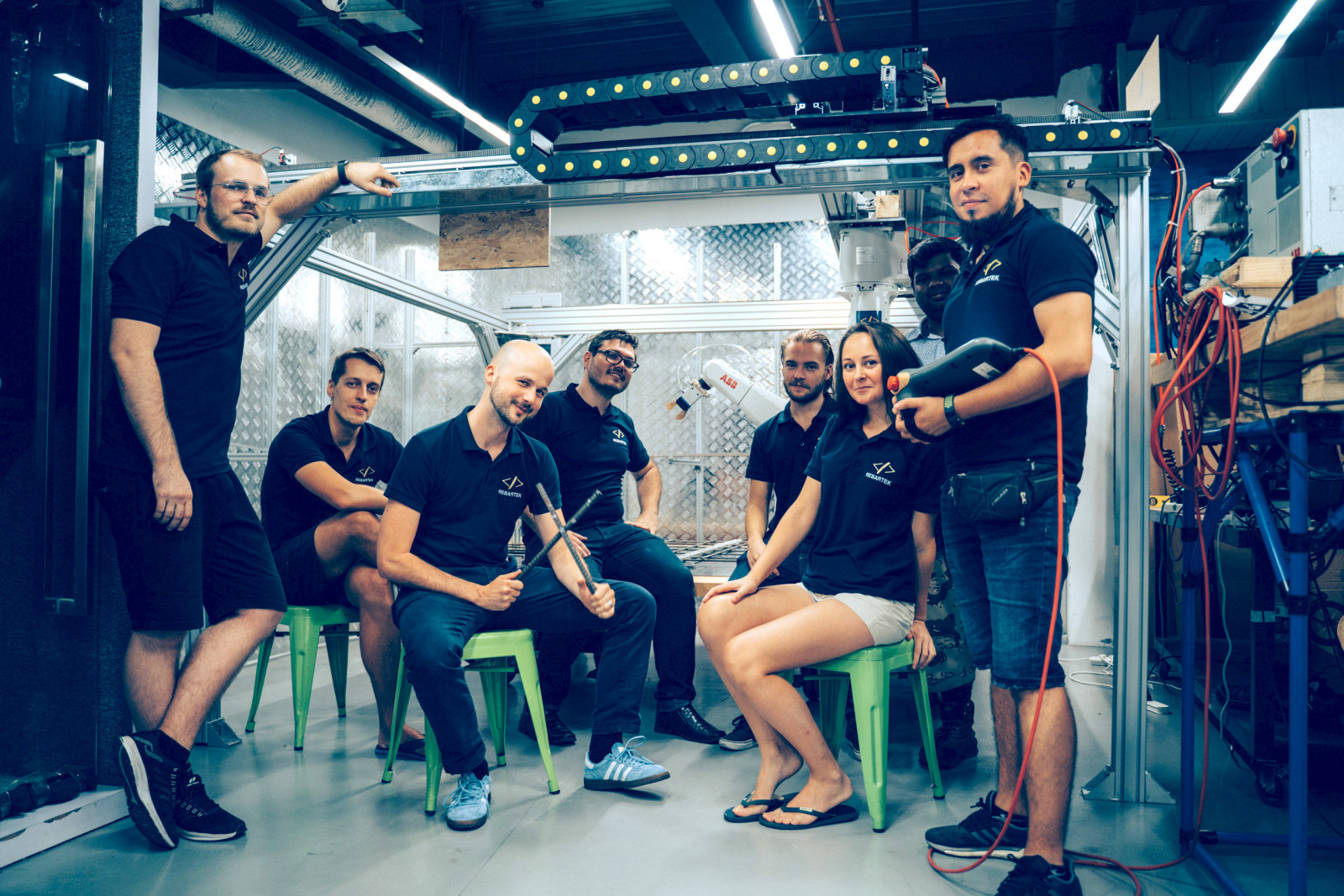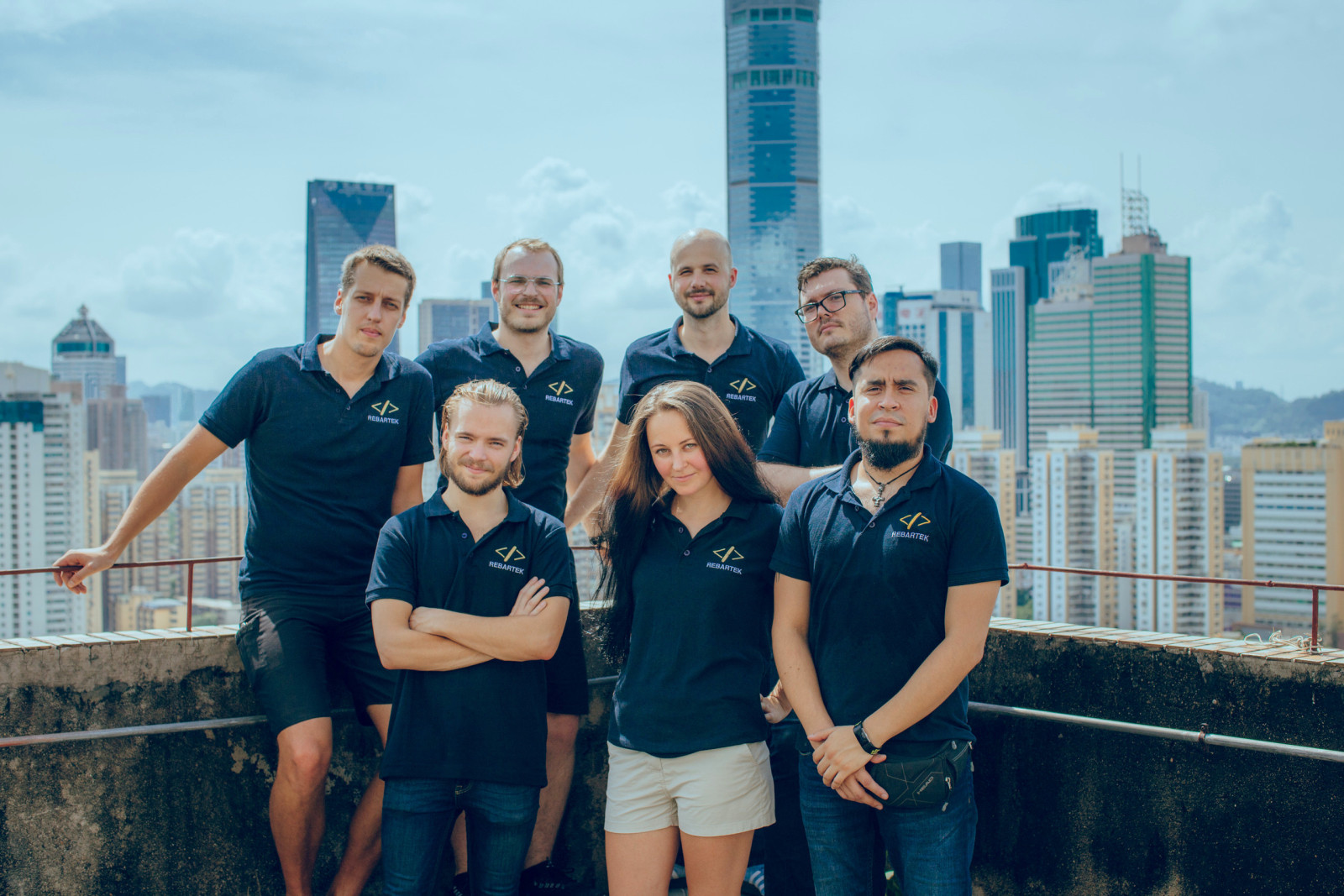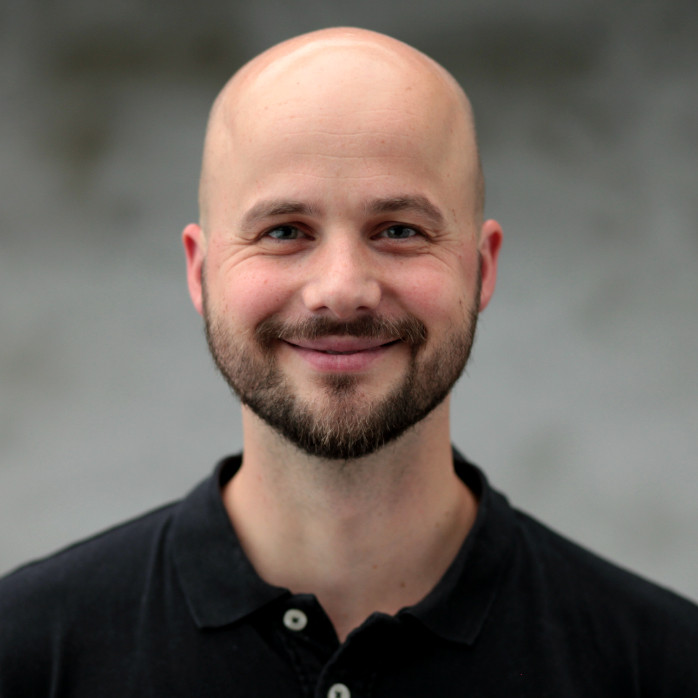/ - This idea stuck in my head
Iron bonding is bending iron bars and placing them in carefully defined structures to reinforce concrete structures. The iron bars give the concrete increased strength and enable it to withstand tension.
- Iron bonding is an old trade, which today is manual, heavy and expensive. By automating parts of the iron-bonding work processes, contractors and society can save a lot of time and money," says Max Trommer of Rebartek.
The 35-year-old has experience from several contractors, including Veidekke, Bilfinger and, most recently, the Austrian company Porr, which is building the new Varodd Bridge over the Topdalsfjord in Kristiansand. As a controller in the construction project, Trommer saw the costs associated with iron bonding. That gave him an idea.
- I'm the type of person who gets three ideas every single day, but usually they are ideas that don't survive more than a day or two. However, the idea of robotizing iron binding stuck in my head," says Trommer.
He pitched the idea to the head office in Vienna, but received a lukewarm response. However, he was given the freedom to develop the idea on his own one day a week.
- I did that for a while before I decided to go all in on my own idea," says Trommer.
Technology development in China
Since then, the development of ideas has accelerated. Rebartek employees have spent a lot of time in China, where the accelerator program of the American investor fund SOSV has taken them into its technological laboratory.
Rebartek combines a number of familiar technologies into something new. The test phase uses 12-year-old robots, emphasizing that it is the idea that is important, not the robot itself.
- There are already machines that cut the iron bars to the right lengths, but building a wall with 100 rebar bars still requires a lot of manual work. Our idea is to robotize this operation as well. We expect to halve the labor costs associated with iron bonding, even in large, complex structures," says Trommer.
Exciting entrepreneurial time
As an entrepreneur, Trommer has done a lot of things right. He has familiarized himself with and made use of the public support schemes, he has built networks that have resulted in important technological and financial partners, he has participated in relevant technology fairs - and he has worked hard.
- Early on, I received NOK 100,000 from Innovation Norway for market clarification. We developed a small-scale prototype at the Mechatronics Innovation Lab in Grimstad, where we rented the necessary robots. The test was a success and the entrepreneurs confirmed that this was exciting," says Trommer.
Unlike many others, he decided not to apply for a commercialization grant from Innovation Norway, opting instead to accept a loan from the same institution in order to be freer to develop the company as he sees fit.
- We chose a 'full-throttle' strategy. Today our robot is competing against humans, but in the future it will be competing against robots that others have developed to do the same thing. We need to create and maintain a technological edge," says Trommer.
Into the world
He has a busy fall ahead of him. First the test phase will be completed in Shenzhen, then it's off to Silicon Valley to find more investors, and then a project with the contractor Kruse Smith. It will be China, the USA and Kristiansand in a short time.
- You can't sit at home and develop an idea that can potentially be sold to the world. My advice to all entrepreneurs is simple: Get out into the world! Find inspiration and people who can help you!" says Trommer.
He traveled to the technology conferences South by Southwest in Austin, USA, and Slush in Helsinki, Finland.
- South by Southwest gave me the opportunity to pitch the idea to an international audience, but the payoff from Slush was even better. After 30 meetings in two days in Helsinki, I was left with one employee and one investor," says Trommer.









